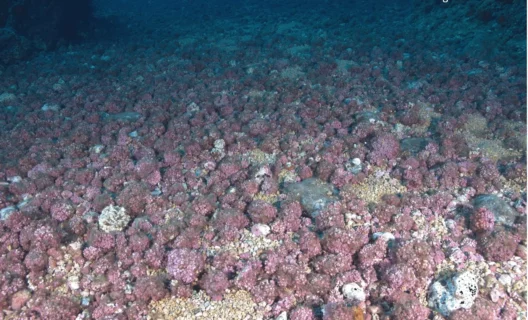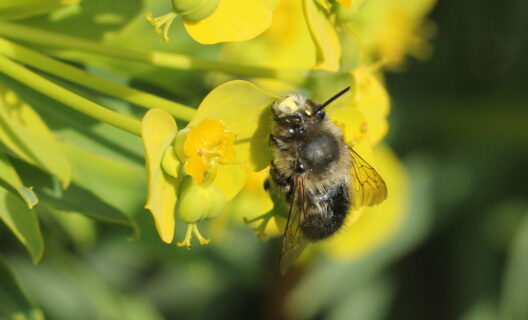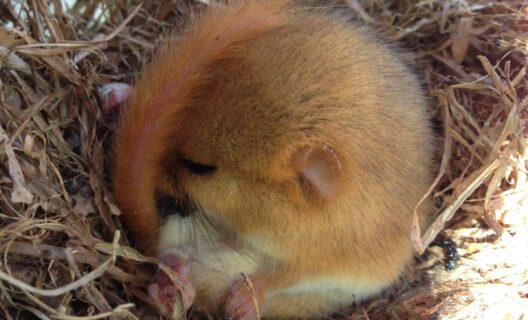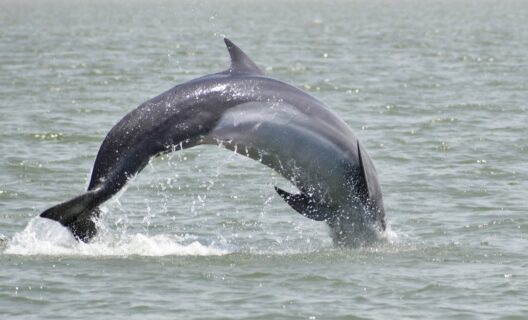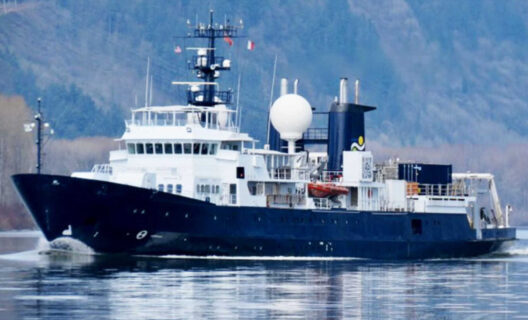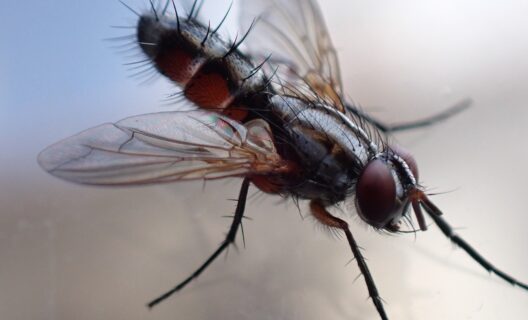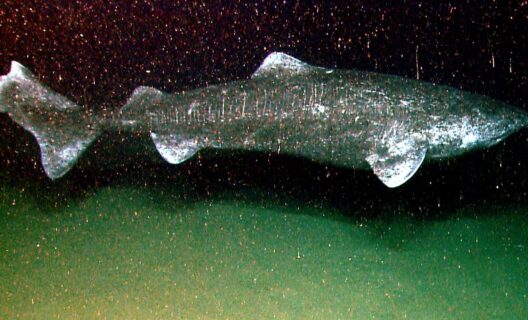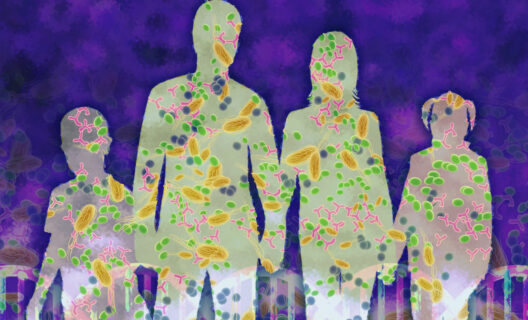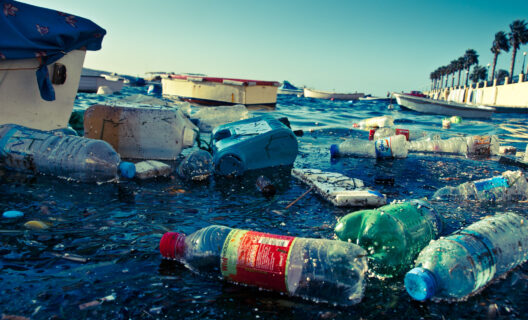

Reading time
0 min
A project demonstrates the feasibility of a sustainable approach that satisfies various stakeholders
Halting the decline of the common cuttlefish(Sepia officinalis) in the northern Adriatic Sea and opting for sustainable fisheries management is as possible as it is desirable. That’s according to research, published in Fisheries Research, focusing on a Fishery Improvement Program (FIP) carried out over the period 2021-2022 and found to be welcomed by all stakeholders involved.
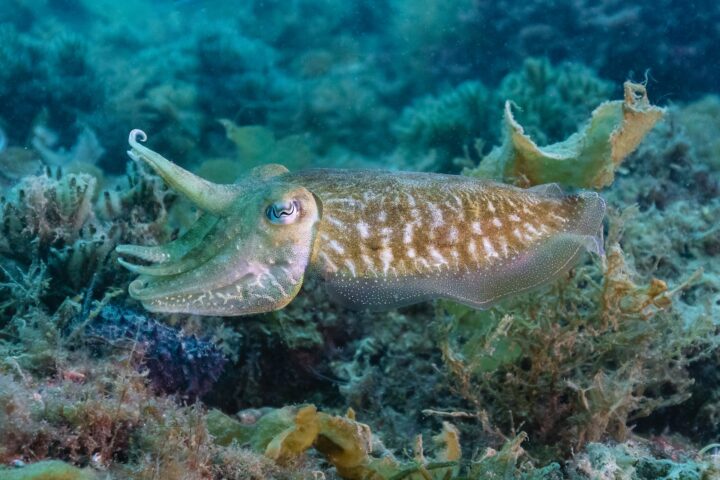
""
The peculiarities of artisanal fishing
The study analyzed the impact of Chioggia’s artisanal fishery, one of the most significant in the Mediterranean, which operates both at sea and in the Venice Lagoon. The term “artisanal fishery” refers to a fleet of small fishing vessels that operate mainly within a 12-nautical-mile radius of the coast and is characterized by certain aspects: the boats are family-owned or family-operated; fishing trips are short; fishing is adapted to the seasonality of fish resources, changing target species according to their availability; and the fishing gear used is passive (gillnets, pots and mobile traps called cogolli, which catch target species by exploiting their natural movements or sea currents).
""
The cuttlefish, a delicate animal
The species covered by the study, the common cuttlefish, is particularly damaged by overfishing: its breeding season and high commercial value are primary causes of its vulnerability.
The first appearance occurs during spring and summer, when female cuttlefish migrate to the coast and lagoons to spawn in shallow water. This behavior makes them easy to spot and catch by fishermen using passive gear such as gillnets, pots and creels. What’s more, female cuttlefish tend to spawn on any available substrate, including fishing gear such as pots and creels. Fishermen, to avoid compromising fishing efficiency, are forced to remove them regularly, resulting in the destruction of millions of eggs each year. This impact has been quantified as more than three million eggs discarded in just three miles of coastline in the Venetian area. The second aspect should be traced to the commercial value of the juveniles: these specimens are considered a delicacy and fetch high prices on the market-which makes them a coveted target for both artisanal and recreational fisheries, increasing pressure on the juvenile population.
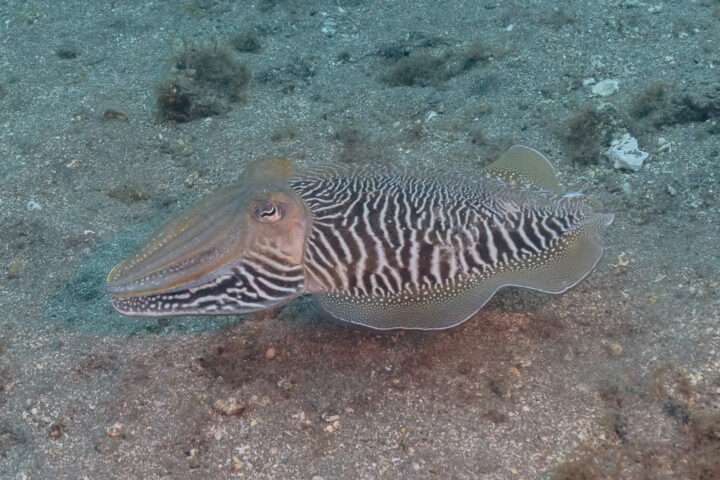
""
The FIP: a three-step program toward sustainability
In recent years, the number of cuttlefish has steadily declined. The FIP described in the study, designed to mitigate the impact of fishing and improve product quality and sustainability by involving fishermen and stakeholders, was organized according to three functional units. To address egg loss, internal and external collectors were tested as alternative substrate for spawning, both at sea and in the lagoon. In the sea, the outer collectors consisted of a 40-meter-long hemp rope anchored to the seabed, with shorter pieces of rope and corks every two meters to promote spawning. In the lagoon, they consisted of laurel bundles tied to a brick for anchoring, with hemp ropes and corks. The choice of laurel was suggested by fishermen, who in the past used it to increase cuttlefish catches. A further attempt was made with internal collectors, i.e., placing hemp ropes also inside the fishing pots to provide an alternative substrate inside the trap itself. Results showed that collectors placed near the fishing gear were successful in promoting spawning and hatching.
""
Sepia diets
In the second stage, eggs recovered from fishing gear were taken to hatch. Different diets were then tested on the young specimens: artificial, natural and mixed. The artificial one, based on nauplii of Artemia salina, was not very successful. The natural one (composed of small crustaceans collected in the Venice Lagoon) and the mixed one (a combination of the two previous diets), similar to what the juvenile cuttlefish would take in the wild, showed good growth and survival rates.
""
The success of direct sales
Lastly, to enhance the value of catch from responsible fisheries and incentivize the adoption of sustainable practices, a small-scale supply chain was tested that involves labeling cuttlefish caught by fishermen using egg collectors. With them, the number of intermediate steps (such as wholesalers or distributors) was reduced to create a direct link between fishers and consumers. Although initial interest from retailers and restaurants was low, the public showed strong interest in a fresh, high-quality product and was willing to pay higher prices for cuttlefish certified as coming from a sustainable, traceable fishery. Willingness also came from artisanal fishermen in Chioggia, who were directly involved in the project, for whom mitigating egg loss and combining it with the possibility of labeling the catch as sustainable (and thus getting a higher price) was attractive. The research, the scientists argue, shows that taking an integrated approach that combines several mitigation measures can contribute to the sustainable management of the artisanal squid fishery. If all stakeholders are involved, conservation of the common cuttlefish, economic sustainability of the artisanal fishery and consumer satisfaction can be ensured.

The journey goes on
Every story paves the way for the next: discover where biodiversity takes you


